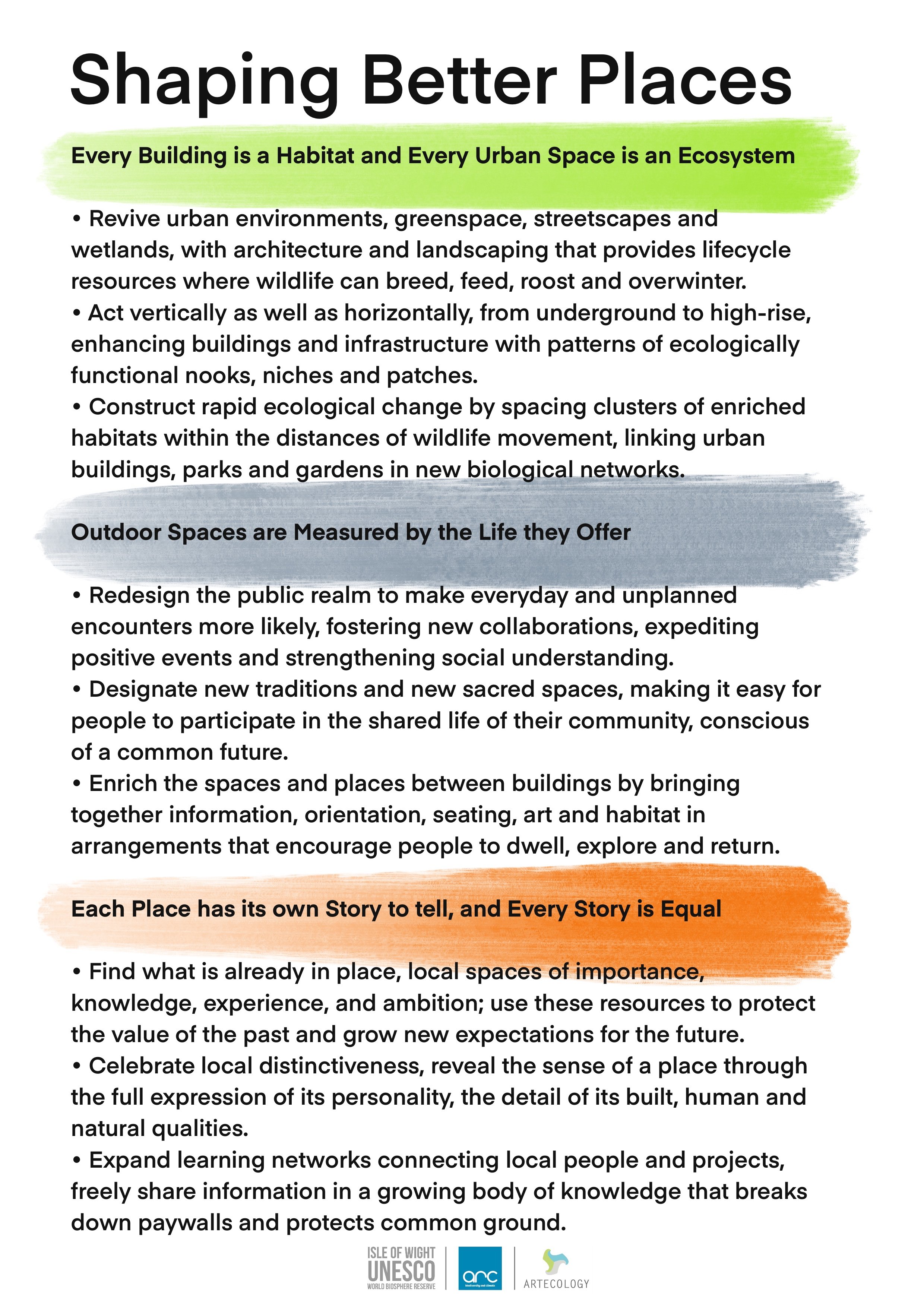In the realm of urban infrastructure design, terminology often segregates the built environment into distinct categories: grey for manmade structures and green for natural landscapes and urban ecological enhancements. Yet, as we navigate a world besieged by multifaceted challenges, a polycrisis, if you will, it becomes increasingly apparent that these delineations are insufficient. While integrated green-grey infrastructure (IGGI) has gained traction as a solution to enhance resilience and sustainability, it overlooks a crucial aspect; the design of social infrastructure.
In their paper "Greening the Grey," Naylor et al (2017) eloquently outline the benefits of integrating natural elements into urban environments to mitigate the environmental impact of grey infrastructure. Whilst the publication does include plenty of information on “social value” in the paper’s guidelines, it feels as though the importance of social infrastructure remains somewhat ambiguous, viewed as a useful additional outcome, rather than a designed-in feature of a well planned urban scheme.
Above: An extract from Greening The Grey: A Framework For Integrated Green Grey Infrastructure (IGGI) by Larissa Naylor et al. 2017. Here it talks about Artecology Vertipools.
So, what colour is social infrastructure? For the purposes of this Insight, let's go with the suggestion made in the Greening the Grey paper and say that it is orange – a vibrant hue symbolising connectivity, community, and warmth.
Great Social Infrastructure should encompass the design and creation of spaces that foster social interaction, cohesion, and wellbeing. This can include parks, plazas, community centres, and streetscapes – places where people gather, connect, discuss ideas, tell stories, share services and form bonds. However, unlike grey and green infrastructure, the significance of social infrastructure often goes unnoticed in traditional processes normally associated with the design and planning of urban settings.
At Artecology, we are committed to addressing environmental challenges and promoting social equity, biodiversity, and resilience. We propose a new paradigm: Integrated Grey Green Orange Infrastructure (IGGOI). This framework recognises that an inter-connectedness of built, natural, and social elements within the urban landscape, is almost always missing.
In our decade-long journey, we've witnessed the transformative power of integrating social infrastructure into the fabric of communities. By designing public spaces that prioritise social capital alongside ecological health, we can create local communities of people and wildlife that are not only more resilient to environmental stressors, but also supportive of human wellbeing in a fast changing world.
IGGOI acknowledges that true resilience lies not only in physical structures but also in the strength of social connections and ecological networks. It calls for a holistic approach to infrastructure planning and design that transcends traditional boundaries and embraces the complexity needed for happy, healthy and functional, urban ecosystems.
As we navigate the challenges of the 21st century, let us not forget the importance of excellent social infrastructure design in shaping resilient and vibrant communities. Let us paint our cities with the vibrant hues of human and ecological connectivity, and in so doing, In the words of my friend and fellow director Ian Boyd, “put ourselves back in the biota”.
Through a shared practice of holistic urban realm design let us embrace Integrated Grey Green Orange Infrastructure in all its splendour.

